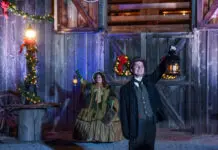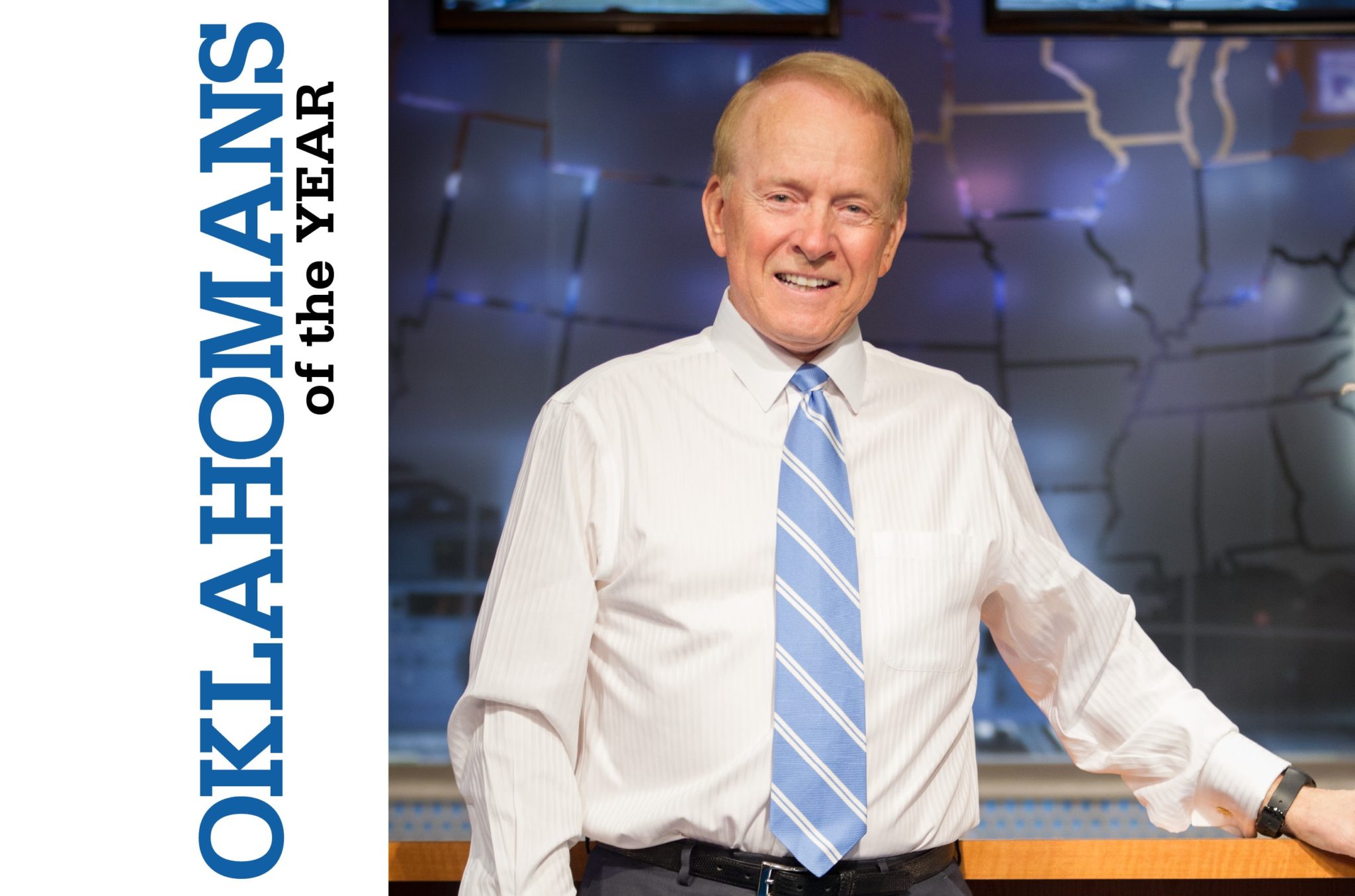 Grieco’s grandmother, also named Nayakio, ran a sustainable coffee farm in Kenya. Photo courtesy Nyakio Kamoche Grieco.
Grieco’s grandmother, also named Nayakio, ran a sustainable coffee farm in Kenya. Photo courtesy Nyakio Kamoche Grieco.
In this great, big, complicated melting pot of a world we live in, the demand for simple, natural beauty products meant for all ethnicities and skin types is in demand more than it ever has been before. There is beauty in every culture, and embedded within each culture are countless secrets and stories just waiting to be unearthed, shared and celebrated.
Through her own story, Norman-raised Nyakio Kamoche Grieco is taking the term “getting back to your roots” to a new level by bottling some of her family beauty secrets with her luxury skin care line, nyakio.
A first-generation American of Kenyan descent, Grieco celebrates the unique sophistication of Africa by bringing some of its richest natural ingredients to women of all ages, ethnicities and backgrounds, all while encouraging the relevance and importance of enhancing what she calls the “best natural you.”
“I think that there’s always room for growth within the beauty industry to manufacture more products with more good-for-you ingredients, and I think that it’s important to bring more products to market that tell stories about places all over the world,” she says.
“Beauty comes from the inside out. It’s who you are on the inside that radiates to the outside, and I think that there’s a simplicity in African beauty that stems from simply taking good care of your skin, staying hydrated, eating right, getting enough rest and generally just being happy. One of the things that I really love about Africa is that the people are genuinely happy – smiling, kind-hearted and warm. That general happiness and big smile is really coming from the inside. That kind of happiness naturally makes you a beautiful person on the outside because it’s enhancing your natural you.”
Having moved to Norman from the east coast when she was 8 years old, when her Kenyan father became a professor at the University of Oklahoma (Jidlaph “Jid” Kamoche, who introduced African history to the university, died in 2013), Grieco grew up in Oklahoma during the school year but would spend summers in Kenya.
It was during these trips to visit family that she acquired knowledge and appreciation for the beauty secrets and traditions of her heritage.
After graduating from OU, Grieco followed her passions to Los Angeles, and while working in the entertainment industry, she discovered both her inner entrepreneur and a need she could meet in the beauty market based on the multiculturalism of Africa.
She says that she saw a place for African ingredients and resources in the world of prestige beauty because she wasn’t seeing it being utilized.
“I had always found it fascinating that there was all this greatness going on in Africa and beauty secrets from my family, and I wondered why nobody is using ingredients from Africa in a big way for all skin types in the world of beauty,” Grieco says.
“I wanted to give the same representation of my childhood memories going to Africa in my products, where the feel and texture becomes a very sensorial experience. I really want to show the beauty and multiculturalism of Africa, and that not everyone in Africa looks like me. There’s blonde-haired, blue-eyed South African beauties, gorgeous women of Middle Eastern descent in the northern parts, Asian and Indian women… it’s very much like it is here as far as multiculturalism goes. These ingredients that we use in our products have been used for centuries in all parts of Africa. They’re timeless and tested, and I’m very excited to bring them here.”
To achieve this goal, Grieco created a paraben- and sulfate-free beauty line that combines modern, test-driven formulas with natural African staples, such as African oils, Kenyan coffee and the kola nut (a highly-caffeinated, hand-harvested seed from the Ivory Coast).
The running theme of caffeine, which is packed with antioxidants and anti-aging properties, brings to life a universal product with hydrating, revitalizing, smoothing and protecting benefits.
Having a grandmother (her Nyakio namesake) who ran a sustainable coffee farm and a medicine man grandfather, Grieco says that a passion for skin care is in her DNA.
“My grandmother would take the coffee beans and boil them down and add oils and honey and use sugar cane rods to exfoliate her skin. I was always amazed at how she not only harvested the coffee and used the coffee to support her family, but she would also find use for it in skin care,” she explains.
“I would also hear stories from relatives about my grandfather and how as a medicine man he was able to go out into nature and extract oils from things he grew on his farm to treat skin topically or have the ability to know what to find in nature to help his family with ailments. The ability to live off the farm naturally and use the ingredients in skin care really spoke to me on both sides of my family.”
Grieco also has a passion for community work.
As a founding parent of the Larchmont Charter School in West Hollywood, Calif., she helps provide a socio-economically, culturally and racially diverse community of students with an exceptional public education.
She also sits on the committee for the music and arts festival Kidstock in Beverly Hills, which benefits the college scholarship program One Voice L.A. for underprivileged students in inner city schools.
Grieco says she is continually inspired by the children she works with, particularly while volunteering for the nonprofit organization Art of Elysium, which encourages artists to dedicate time and talent to kids who are battling serious medical conditions.
“These kids teach me so much. They see the good in things despite what they may be going through. They don’t get weighed down – and many of them are dealing with major health issues or poverty,” she says. “They choose to celebrate the positive. Talk about beauty from the inside out.”






















 Grieco’s grandmother, also named Nayakio, ran a sustainable coffee farm in Kenya. Photo courtesy Nyakio Kamoche Grieco.
Grieco’s grandmother, also named Nayakio, ran a sustainable coffee farm in Kenya. Photo courtesy Nyakio Kamoche Grieco.

